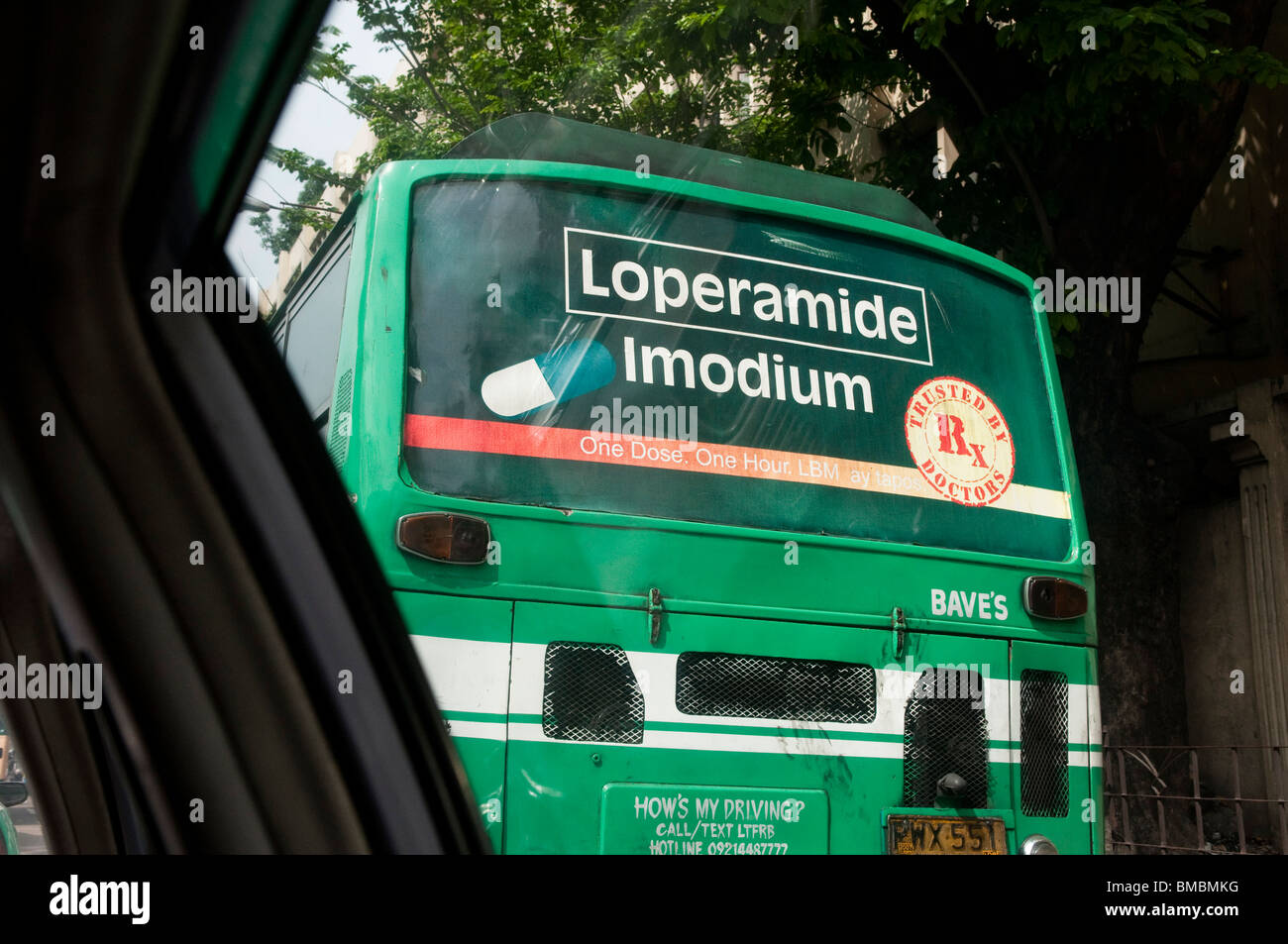Why Choose Transit Advertising Philippines for Your Brand
Why Choose Transit Advertising Philippines for Your Brand
Blog Article
Recognizing the Role of Transportation Advertising And Marketing in Enhancing Brand Name Exposure and Customer Involvement
Transit advertising has actually become a pivotal component in the advertising landscape, offering one-of-a-kind chances for brand names to raise their visibility and involve consumers effectively. With the capability to get to a diverse and captive audience during their everyday commutes, these advertising methods are not just about exposure; they are concerning creating significant links with possible customers. As we explore the diverse advantages and innovative methods within transportation marketing, it comes to be important to think about exactly how these components jointly affect customer perception and behavior, questioning regarding their long-lasting influence on brand name commitment.
Definition of Transit Advertising
Transportation advertising and marketing describes the technique of advertising products, services, or brands through advertisements placed in and around mass transit systems. This kind of marketing includes a variety of placements, including posters on trains and buses, electronic displays at transportation stations, and wraps on the exterior of lorries. It intends to get to a varied audience, taking advantage of the high foot website traffic related to public transportation.
Transportation advertising and marketing is purposefully placed to record the attention of commuters, who typically spend significant time taking a trip or waiting. By incorporating advertisements into the daily regimens of individuals, brand names can develop a long-term impact and foster brand name acknowledgment. The medium is particularly efficient in city settings, where public transport is a main setting of travel.
Additionally, transportation marketing can help with localized targeting, enabling services to reach details demographics based on transit courses and station places. As city populaces expand and making use of public transportation increases, this advertising and marketing method has actually gained importance as an important part of integrated advertising strategies. The vibrant nature of transit advertising and marketing, combined with its ability to involve customers in a captive setting, emphasizes its value in contemporary marketing practices.
Benefits of Transportation Marketing
The performance of transportation advertising lies in its capability to supply a wide range of advantages to brand names looking for to enhance visibility and interaction. Among the key benefits is the comprehensive reach it supplies; transportation ads can successfully target varied demographics throughout city areas, getting to both commuters and pedestrians alike. This wide exposure significantly boosts brand recognition.
An additional benefit is the high regularity of perceptions. As transit lorries follow well-known paths and stop at multiple areas, they produce recurring exposure that reinforces brand messages. This frequency cultivates experience, which is crucial in consumer decision-making.
Transit advertising and marketing is additionally affordable contrasted to various other media platforms. Given its large reach and potential for high impacts, brand names often experience a lower cost per thousand impressions (CPM), maximizing their advertising spending plan.
In addition, transportation advertisements can create a feeling of area link. By aligning with regional transportation systems, brand names can reverberate with local target markets and cultivate a feeling of neighborhood satisfaction. This local strategy enhances brand name loyalty and engagement, making transportation marketing a compelling selection for services aiming to solidify their existence in the market.

Efficient Techniques for Transit Projects
To optimize the effect of transportation campaigns, brand names need to take advantage of tactical planning and execution customized to their target market. First, identifying the market features of the target market making use of public transit is vital. This permits brands to create individualized messaging that resonates with potential consumers.
Next, choosing the right transportation tools is vital. Whether utilizing bus wraps, metro posters, or digital displays, each medium has special advantages that can improve visibility. For circumstances, lively visuals on bus covers can draw in focus, while digital advertisements can be updated regularly to reflect prompt promotions.
Moreover, incorporating a natural branding approach across transit systems guarantees consistency and reinforces the brand name's identification. Utilizing remarkable taglines and distinctive styles will reinforce brand recall among travelers.
Finally, timing is a crucial consider executing effective transit projects. Introducing projects throughout optimal travel hours or neighborhood events can considerably increase presence and interaction. By employing these techniques, brand names can efficiently harness the possibility of transportation advertising, cultivating better awareness and link with their target audience. Inevitably, a well-executed transit project can drive substantial growth in brand exposure and customer involvement.

Determining Effect and Interaction
In examining the efficiency of transportation marketing campaign, accurate dimension of influence and interaction is vital for brands looking for to enhance their advertising strategies. Metrics such as reach, regularity, and impacts offer foundational data to analyze presence. Analyzing these variables aids establish just how numerous prospective customers are subjected to the promotions during their daily commutes.
Engagement can be directory further determined through consumer interactions, such as site traffic, social media points out, and straight responses to calls-to-action included in the advertisements. Using devices like QR codes or unique URLs can assist in monitoring of customer behavior directly connected to transportation projects. Surveys and comments mechanisms likewise work as beneficial methods to gather qualitative data on consumer assumptions and recall of the promotion.
Moreover, progressed analytics and attribution models can associate transportation exposure with succeeding purchasing actions, providing understandings into the return on investment. By utilizing a thorough technique that combines quantitative and qualitative measures, brand names can establish a nuanced understanding of their transit marketing impact. Ultimately, this data-driven strategy makes it possible for brands to improve their campaigns, ensuring they reverberate effectively with target audiences and enhance overall brand exposure.
Study of Successful Projects
Effective transit marketing campaign act as compelling examples of just how effective techniques can raise brand presence and engagement. Transit Advertising Philippines. One noteworthy case is the "I Love New York" campaign, which changed the city's photo and drew in countless vacationers. By using subway ads, signboards, and bus covers, the project produced a strong, cohesive brand name identification, leading to a substantial uptick in tourist and neighborhood organization patronage
An additional excellent campaign is Coca-Cola's "Share a Coke" initiative, which leveraged transportation advertising to individualize the brand name experience. By featuring prominent names on promotional products across various transit systems, Coca-Cola promoted a deeper psychological connection with customers, motivating them to share their experiences on social networks.
Additionally, the "Got Milk?" project successfully utilized mass transit advertisements to get to a broad audience, enhancing the message of the relevance of milk in a balanced diet. The campaign saw a quantifiable rise in milk intake in target demographics.
These case studies illustrate that when executed attentively, transportation advertising and marketing can considerably improve brand visibility, foster consumer involvement, and drive quantifiable outcomes, demonstrating its vital duty in contemporary marketing strategies. - Transit Advertising Philippines
Verdict
To conclude, transit advertising and marketing works as an essential device for boosting brand name visibility and cultivating customer engagement. By making use of tactically positioned advertisements within public transport systems, brand names can efficiently reinforce and reach varied audiences recognition via consistent direct exposure. The implementation of targeted messaging and cutting-edge methods further magnifies the effect of transportation campaigns. Ultimately, the capacity to measure engagement and evaluate effective situation researches underscores the performance of transit marketing in driving brand name loyalty and customer communications.
Transportation advertising and marketing has actually arised as a crucial component in the advertising and marketing landscape, supplying one-of-a-kind possibilities for brand names to elevate their visibility and involve customers successfully.Furthermore, transportation advertising and marketing you can look here can facilitate localized targeting, enabling businesses to reach specific demographics based on transit courses and station locations.In evaluating the performance of transportation advertising projects, precise measurement of influence and interaction is necessary for brands looking for to enhance their marketing strategies.Effective transportation advertising projects serve as engaging examples of exactly how effective approaches learn the facts here now can raise brand exposure and interaction.In verdict, transportation marketing offers as an essential tool for enhancing brand name presence and cultivating customer interaction.
Report this page